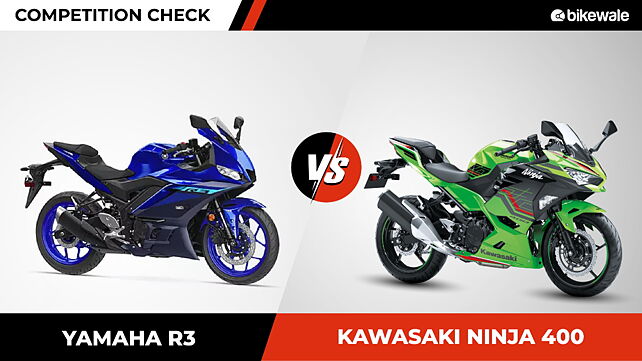
Kawasaki India has rolled out discounts on some of its motorcycles and the Ninja 400 is also a recipient of the same. It gets a Rs 40,000 discount that is valid till the end of 31 March, and with this it now sits in close proximity to the Yamaha R3. Both bikes are CBU imports, have parallel-twin engines and similar set of features. This is how they compare.
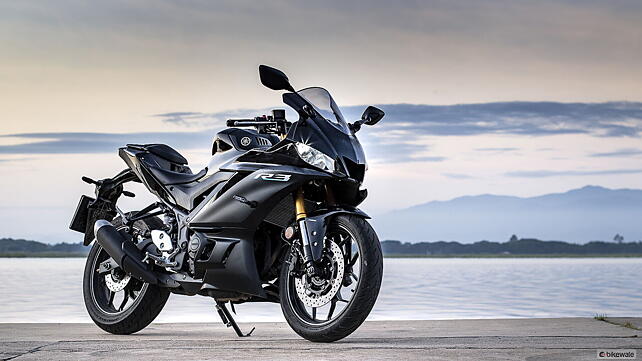
Design
The Yamaha R3 looks like the quintessential supersport but between these two bikes it has the more rounded design. From the styling of the fairing, the placement of the twin-LED headlights to the upswept tail-section; the R3’s design is proportionate.
The Kawasaki Ninja 400 looks sharper, aggressive and loud in the Kawasaki Racing Team (KRT) colours. This is evident from the shape of the headlights, the lines on the fairing, and the sleek tail section that’s inspired from the Ninja ZX-10R.
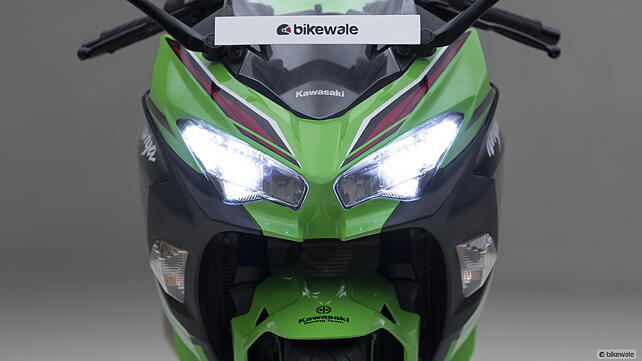
In all, both bikes look good and choosing between the two on this parameter is a case of personal preference.
Features

The feature set on both bikes is similar. They have all-LED lights, a LCD instrument cluster and dual-channel ABS. That said, they lack modern day features like a TFT display and Bluetooth connectivity. In the case of the Kawasaki, for a little extra money, one can opt for the Kawasaki Ninja 500 which gets Bluetooth connectivity.
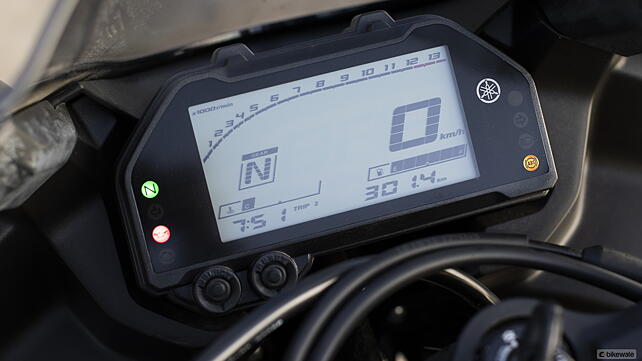
The Yamaha R3, meanwhile, is in desperate need of an upgrade to its feature list since bikes like the Yamaha R15M gets more features including a colour TFT display.
Engine
The Ninja 400 has the clear displacement advantage in this department. Its 399cc, parallel-twin produces 44.5bhp at 10,000rpm and 37Nm at 8,000rpm. In comparison, the Yamaha 321cc parallel-twin makes 42bhp at a higher 10,750rpm. It also produces lower peak torque, at 29.5Nm at a higher 9,000rpm.
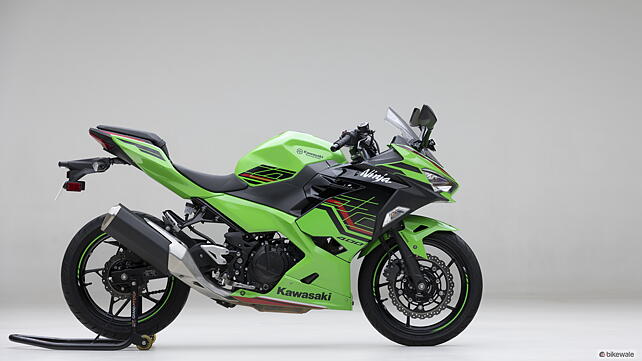
This explains why the R3’s engine needs to be revved higher to access all of its capabilities. That said, both engines offer decent tractability on the city and sound incredibly involving when they are revved to their respective redlines.
Hardware
The R3 uses a tried and tested diamond frame, suspended by a USD fork and a monoshock. The bike rides on 17-inch wheels on both ends while braking duties are taken care of by a 298mm single disc and a 220mm rear disc.
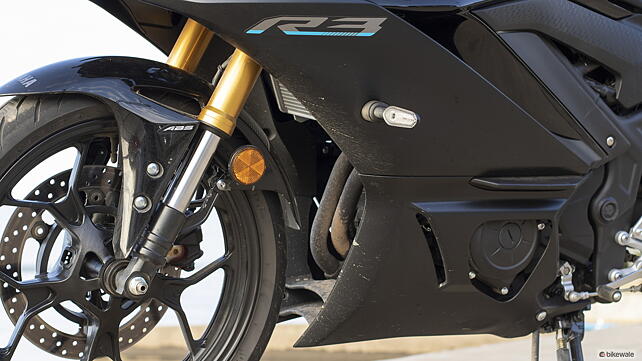
On the other hand, the Ninja 400 has a steel trellis frame. Unlike the Yamaha, the Kawasaki has a simpler, telescopic fork and a monoshock. It, however, has a larger, 310mm disc at the front and a 220mm disc at the back.
Price
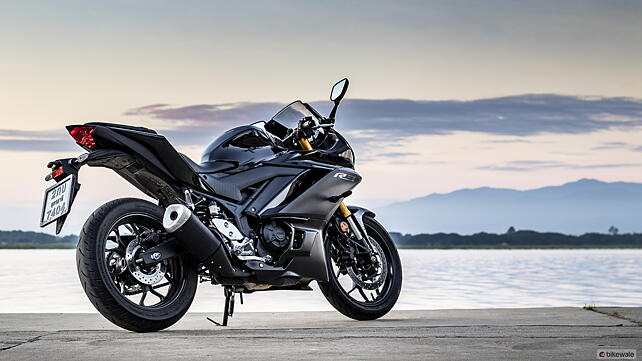
Following the discount, the Kawasaki Ninja 400 is priced at Rs 4.84 lakh. That makes it Rs 20,000 more expensive than the Yamaha at Rs 4.64 lakh. These prices are ex-showroom, Delhi.
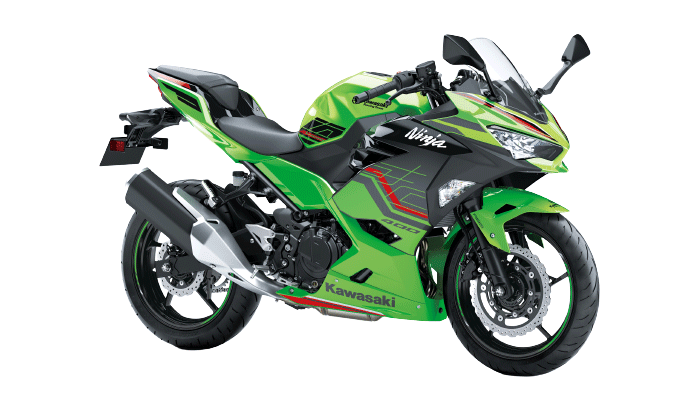
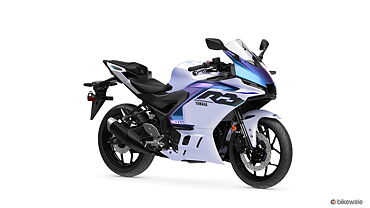

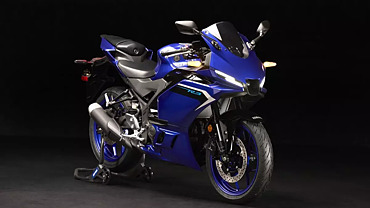
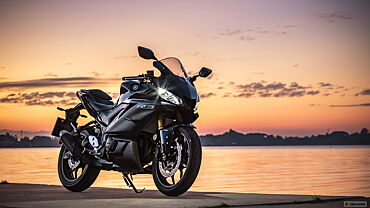
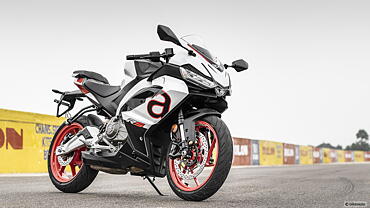

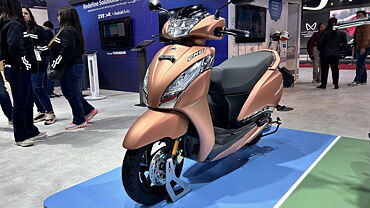
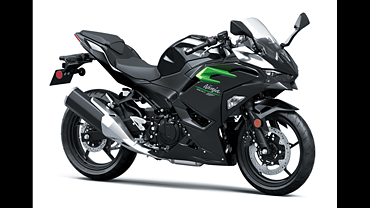
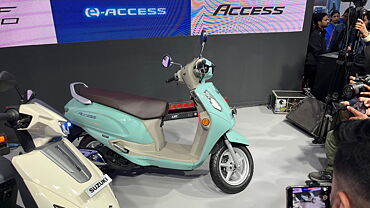
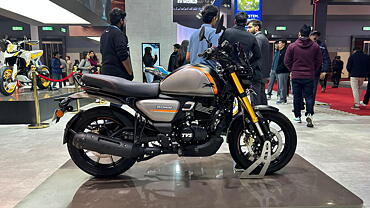



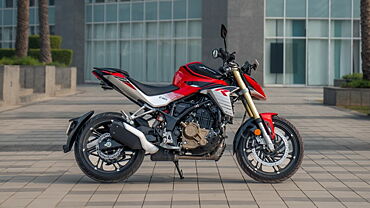

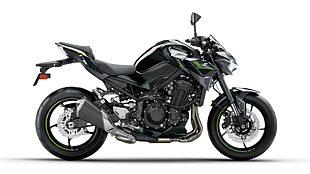
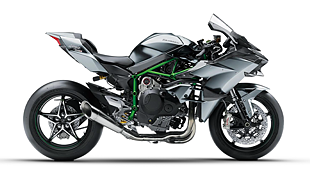






![KTM 390 Adventure X [2025] KTM 390 Adventure X [2025]](https://imgd.aeplcdn.com/272x153/n/cw/ec/190885/390-adventure-x-2025-right-side-view.jpeg?isig=0&q=80)